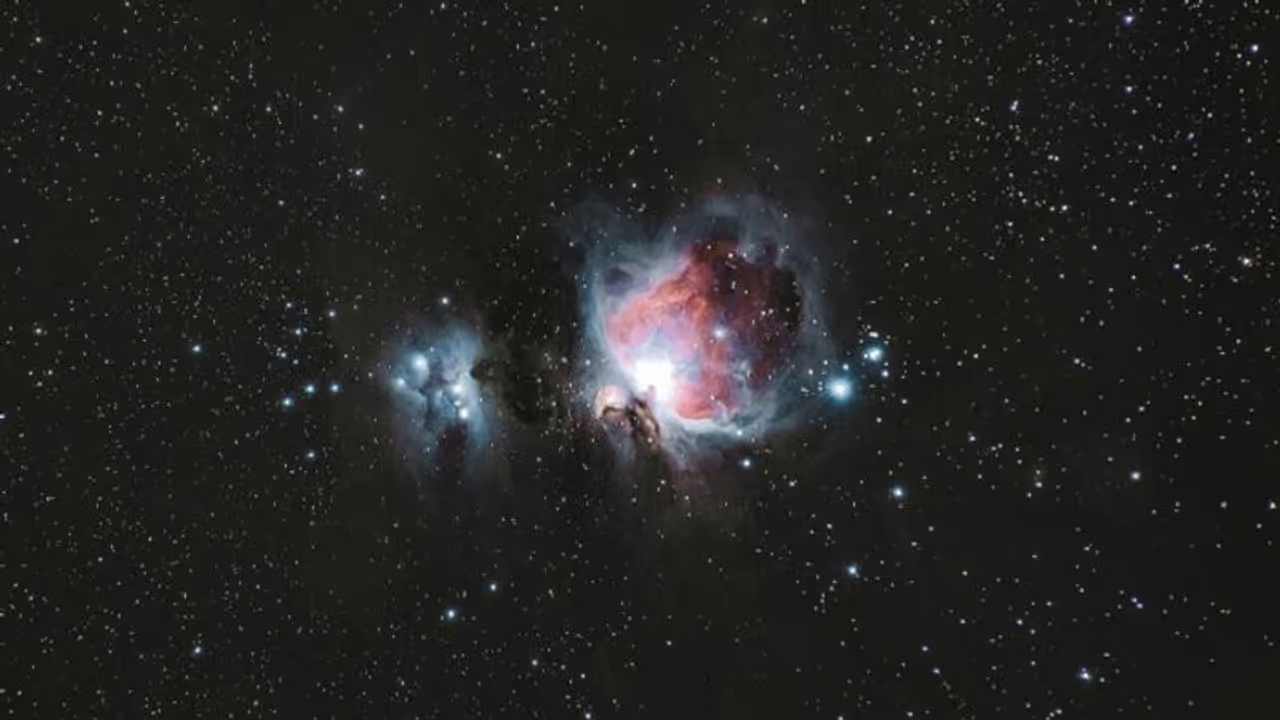This regularity allows them to serve as remarkably accurate clocks. In their research, radio telescopes worldwide focused on 115 pulsars within the Milky Way, carefully measuring minuscule differences in the timing of their pulses to identify distinctive signs of gravitational waves.
Astronomers from across the world has made an announcement regarding their discovery of the first evidence supporting a long-theorised type of gravitational waves. It is reportedly said that these waves are responsible for a continuous 'background hum' that reverberates throughout the universe.

Hundreds of scientists worked together to make the discovery possible by utilising radio telescopes that were located across North America, Europe, China, India, and Australia. This important accomplishment has created a new window into the cosmos and is in line with Albert Einstein's predictions from more than a century ago.
According to various reports, gravitational waves are essentially ripples in the fabric of space-time, propagating through everything at nearly the speed of light with minimal obstruction. In 2015, the existence of gravitational waves was confirmed when the United States and Italian observatories detected waves resulting from the collision of two black holes.
150 arrested in France after protests continue over traffic police shooting 17-year-old boy | WATCH
Speaking to a news agency, Michael Keith of the European Pulsar Timing Array said, "We now know that the universe is awash with gravitational waves."
Keith also linked the "background hum of all these black holes" to sitting in a noisy restaurant filled with people talking. Another theory proposes that the gravitational waves may stem from the rapid expansion immediately following the Big Bang—a period known as cosmic inflation, hidden from scientists' view.
Astronomers looked at pulsars, which are the remains of supernovae-extinguished stars, to find the squeezing and stretching brought on by gravity waves at low frequencies. Some pulsars spin hundreds of times per second and release radio waves at regular intervals that resemble cosmic lighthouses.
This regularity allows them to serve as remarkably accurate clocks. In their research, radio telescopes worldwide focused on 115 pulsars within the Milky Way, carefully measuring minuscule differences in the timing of their pulses to identify distinctive signs of gravitational waves.
WATCH: Tensions erupt in France after police shoot 17-year-old in Paris suburb; check details
Antoine Petiteau, a French astrophysicist, explained that they were able to detect changes of less than one millionth of a second over a span of more than 20 years. The researchers experienced a sense of awe upon initially observing evidence of these waves in 2020, as expressed by Maura McLaughlin of the US Pulsar Search Collaboratory program.
The scientists emphasised that although the early data is consistent with Einstein's theory of relativity and our present knowledge of the cosmos, the waves have not yet been "detected" with absolute confidence since they have not yet attained the gold-standard five sigma level of assurance.
Achieving five sigma indicates a one-in-a-million chance of the results being a statistical anomaly. Despite falling just short of this threshold, Keith noted a 99 percent probability that the evidence indeed points to gravitational waves.
